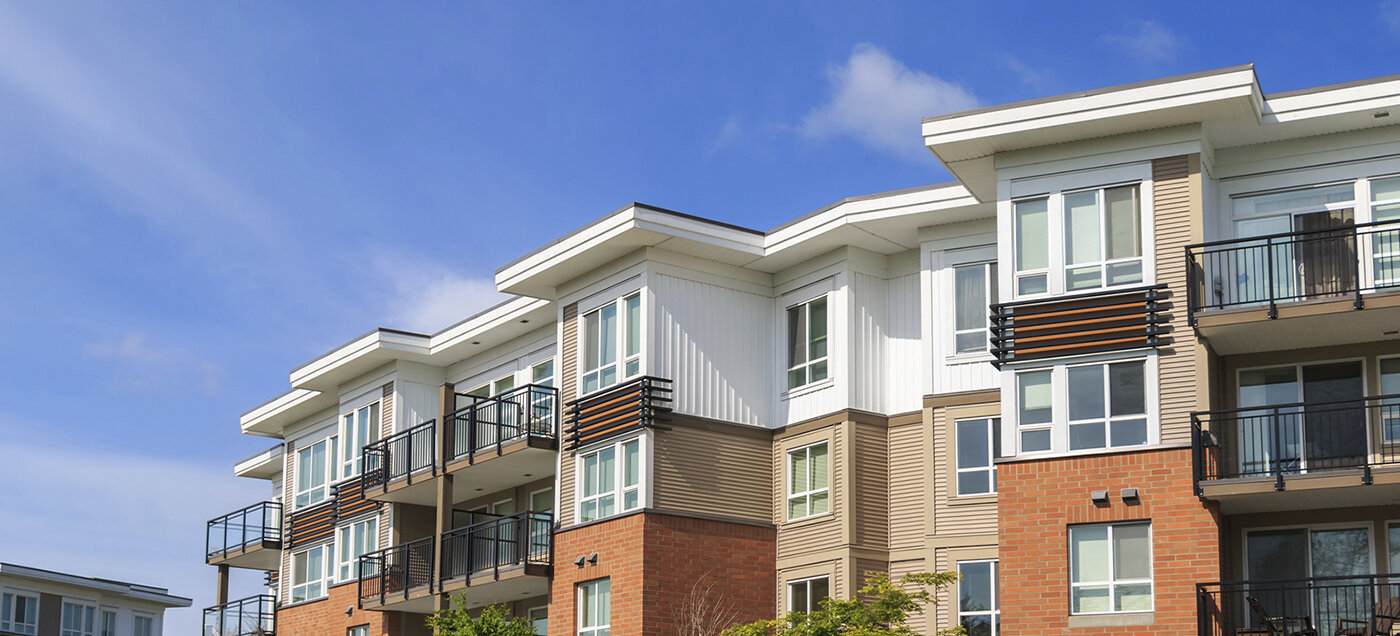Commercial Real Estate News

COVID Injuring U.S. Multifamily Market in 2021
Commercial News » Atlanta Edition | By Michael Gerrity | February 16, 2021 8:51 AM ET
Yet Rebounding in 2022
According to economists who participated in an online press conference as part of the 2021 NAHB International Builders' virtual show, regulatory and supply-side challenges coupled with slowing rent growth and rising vacancy rates will weaken the multifamily construction market in 2021. However, the development market should stabilize by 2022.
"Though the multifamily sector is performing much better than nonresidential construction, developers are facing stiff headwinds in 2021," said NAHB Chief Economist Robert Dietz. "Shortages and delays in obtaining building materials, rising lumber and OSB prices, labor shortages and a more ominous regulatory climate will aggravate affordability woes and delay delivery times."
NAHB analysis of Census data reveals that 34 percent of total multifamily construction occurred in lower density, lower cost markets in 2020. "These areas have outpaced higher density markets over the past four quarters and we anticipate this trend will continue this year," said Dietz.
Turning to the forecast, multifamily starts are expected to fall 11 percent this year to 349,000 units from a projected total of 392,000 in 2020. The downturn will be short-lived, as multifamily production is expected to post modest gains in 2022, up 5 percent to 365,000 units.
After four years of a steady, upward trajectory, rent growth flattened in 2020. "Due in part to pandemic-related issues, rent growth in December 2020 was up just 0.4 percent from a year ago," said Danushka Nanayakkara-Skillington, NAHB's Assistant Vice President of Forecasting and Analysis.
Looking at another metric, four of the top five multifamily markets, as measured by the number of permits, posted yearly declines from November 2019 to November 2020.
The New York-Newark-Jersey City region, the largest in the nation, registered a 14 percent drop in permits. Houston-The Woodlands-Sugarland, Texas, was down 10 percent, Los Angeles-Long Beach-Anaheim, Calif., fell 16 percent and Dallas-Fort Worth-Arlington, Texas, posted the sharpest decline at 46 percent. Meanwhile, Austin-Round Rock, Texas, the No. 2 market in the nation, posted a robust 54 percent increase in permits.
Sign Up Free | The WPJ Weekly Newsletter
Relevant real estate news.
Actionable market intelligence.
Right to your inbox every week.
Real Estate Listings Showcase
Related News Stories
Commercial Real Estate Headlines
- One Trillion Dollars of America's Commercial Property Loans Mature in 2025
- U.S. West Coast Dominates Self Storage Demand
- Phoenix, Orange County and Inland Empire Emerge as Leading U.S. Industrial Markets
- U.S. Mega Distribution Centers Leasing Activity Grew in 2024
- U.S. Commercial Borrowing to Increase to $583 Billion in 2025, Up 16 Percent Annually
- Demand for U.S. Life Sciences Space Spikes 28 Percent Annually in Late 2024
- Multifamily Property Sector in America Rebounding
- Asia Pacific Commercial Property Investment Spikes 23 Percent in 2024
- U.S. Commercial Property Market Primed for Growth in 2025
- Architecture Industry Sees Mixed Signals as 2025 Approaches
- Global Data Center Demand Spikes in 2025
- 2025 Prediction: U.S. Commercial Investment Recovery Expected to Gain Traction
- Holiday Retail Sales for 2024 to Hit Record $1 Trillion
- Tech, AI Industries Drive Largest Share of Office Leasing Activity in U.S.
- Commercial Real Estate Lending in U.S. Enjoys Strong Growth in Q3
- U.S. Multifamily Market Begins Recovery in Q3
- Commercial Investment in Japan Spikes 24 Percent Annually in Q3
- Despite Return-to-Office Mandates, U.S. Office Vacancies Continue to Rise
- PROPSIG Tech Startup Acquired by World Property Data
- U.S. Commercial Mortgage Debt Hits $4.7 Trillion in Q2 as Delinquencies Increase
- Hong Kong Class A Office Rents Continue to Downtick in Mid-Summer
- U.S. Office Landlords Tenant Concessions Decline for First Time in 4 Years
- U.S. Commercial Mortgage Originations Spike 27 Percent in Q2 Over Q1
- Phnom Penh's Commercial Office, Retail Markets Face Slowdowns in 2024
- Global Edge Data Center Market to Hit $300 Billion by 2026
- Commercial Property Transactions in Japan Dive 25 Percent Annually in Q2
- Delinquency Rates for U.S. Commercial Property Loans Downticks in Q2
- Megawarehouse Lease Deals in U.S. Increase in 2024
- Office Tenants' Flight to Quality Buildings Increases in 2024
- Commercial Lending in Japan Upticks 6 Percent Annually in Q1
- AI Driving Significant Global Data Center Growth in 2024
- Total U.S. Commercial Mortgage Debt Rises to $4.7 Trillion in Q1
- U.S. Commercial Mortgage Delinquencies Rise in Early 2024
- Asia Pacific Office Sector to Further Reprice Throughout 2024
- U.S. Retail Foot Traffic to Surpass Pre-Pandemic Levels by 2025
- Commercial Real Estate Lending in U.S. Slowed in First Quarter
- Japan Commercial Property Investment Volume Jumps 7 Percent in Q1
- Asia Pacific Commercial Property Investment Leads the World, Spikes 13 Percent
- Driven by High Rates, U.S. Commercial Lending Imploded 47 Percent in 2023
- After Two Year Slump, Prime Multifamily Metrics Uptick in U.S.





